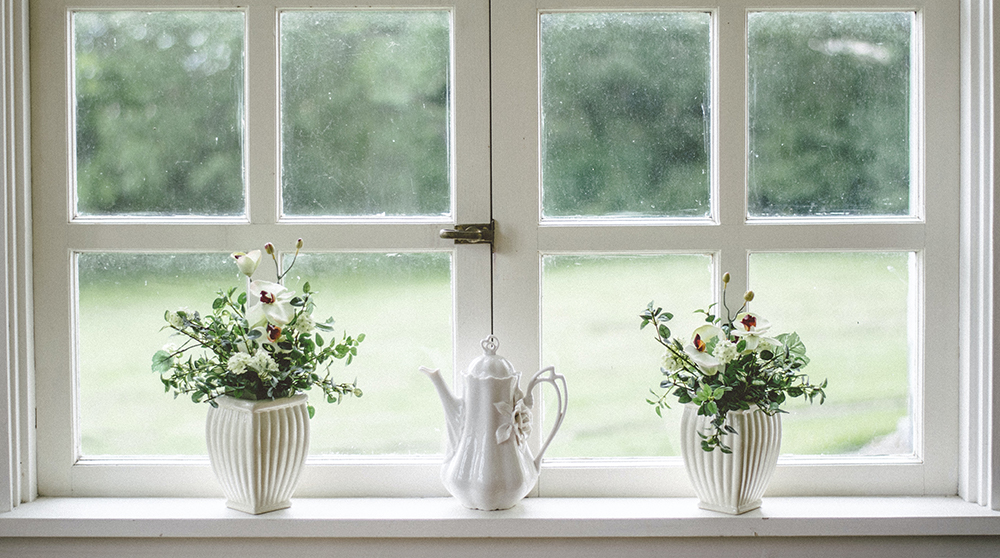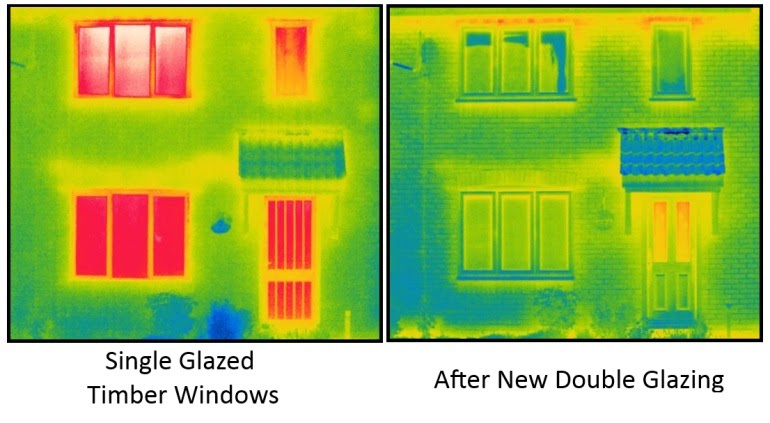The Bane of Single Pane

If asked; what is a window? What would you respond? How would you describe it?
Windows are all around us. They have become ingrained in human living for thousands of years. They deliver on their purpose so well that many do not even think about them. We merely look at the scenery beyond.
The simplest definition of a window is a hole in the wall, with the aim of letting in light or in the middle ages… letting arrows out! But with the benefit of light comes some drawbacks; heat loss, weather and in some cases animals looking for somewhere a little nicer to sleep.
Glass panes were incorporated into windows as early as the Roman Empire. Before this, wooden shutters were commonplace and even animal hide (leather) was used.
The Modern Window
Fast forward to 2020 and the concept of the window has come a long way. We are currently on triple glazing and can even install self cleaning windows. However, drive through certain places such as London and you soon see residential, and some commercial, properties still displaying the single pane glass windows which just isn’t sustainable anymore.
“U” Values represent what is called thermal transmittance. The higher the U Value the more heat is lost.
Single glazing is where there is only one layer of glass in the window frame.
Single pane glass has a typical U Value of 5.
Double glazing is where there are two layers of glass with a spacer to keep the panes apart. Between the two panels is insulated air.
Double glazing has a typical U Value of 3.
Triple Glazing is similar to double but has a third layer.
Triple glazing has a U Value of 0.8 – 1.6.
Rules and Regulations
Today there are a lot of rules and regulations around the installation of new windows. Part L of the building regulations requires windows to meet minimum U Values or an energy rating of C or better. Part F considers ventilation – which covers not just air flow when the windows are open but when they are shut too. There is even DOC Q, which ensures windows meet security requirements of British Standard PAS 24:2016 or better.
Losing Heat
On average, windows make up 10-20% of a building’s surface and they account for around 10% of total lost heat. The majority of this loss is in relation to the type of glazing. The second biggest loss is from air leakage from windows that are poorly insulated.
Single pane windows are usually old stock and are rarely maintained or considered when home owners or landlords look to improve the overall efficiency of a building. Industry figures show that moving to triple glazing could save up to 50% on energy bills. By installing double glazing alone, you could reduce heat loss through glazing by up to 74%.

Why do people not upgrade to more energy efficient windows if the data points to lower bills and less impact on the environment?
There are three main factors that can put people off upgradidng their windows:
Planning Permission
The first is the tight restrictions in place in some areas of the UK. One of these is what’s known as ‘conservation areas’. They were introduced in the 1960s and have expanded to cover many of the buildings within the UK. Buildings within these areas are subject to the planning act. For buildings within these areas, a simple rule of ‘like for like’ can apply. For example, if you switch out your single pane sash window for a double glazed sash window that is the same material and size, then you are not required to go through planning permission.
Should you wish to change your windows from wood to plastic, change the size, add an additional window or even just need to prove that you do not need planning permission, you have to follow the government’s planning portal process. Failure to follow the guidelines can have expensive consequences such as restoring the section of the building you have altered back to its original form.
Should a building be Grade I or II listed, the rules for windows are slightly different.
Time
The second factor can be timeframe. As identified, many people do not think about windows and so may not have a full understanding of the installation process. They may believe that it’ll be a big inconvenient job. This is not always the case. Prior to ‘on the day’, a window installation company would measure the current windows to ensure the correct measurements, it would then take around a month to have the new windows produced. Then the window installation company would fit them within a day. An average window change takes 30 – 40 minutes. This includes ensuring the cavities around the window are properly insulated as overlooking these can cause severe heat loss and air leakage from your house.
Cost
The third and final factor is cost. Everything comes down to cost. However, as technology develops and skills improve, costs can come down. Windows can vary, but a standard window for a bedroom or living room can cost between £400 – £500. An average 3 bedroom semi-detached house could cost a total of between £2,500 to £6,000, depending on the type of windows chosen.[1]
Though this can be a lot of money for some. From September 30th 2020, homeowners can apply for the government’s new Green Home Grant. This grant allows up to £5,000 to invest in improving your home, including double glazing. Information on this can be found here.
Time for Change
If we are to meet our targets to be carbon neutral, have less impact on the environment and produce more energy efficient homes then it is evident that upgrading our windows is a vital part of this strategy.
And do not forget: Look out for firms that are registered with national bodies such as FENSA or CERTASS, which aim to raise the standards of the industry and promote quality tradespeople.
[1]https://www.mybuilder.com/pricing-guides/new-window-costs/window-fitting-costs-1


